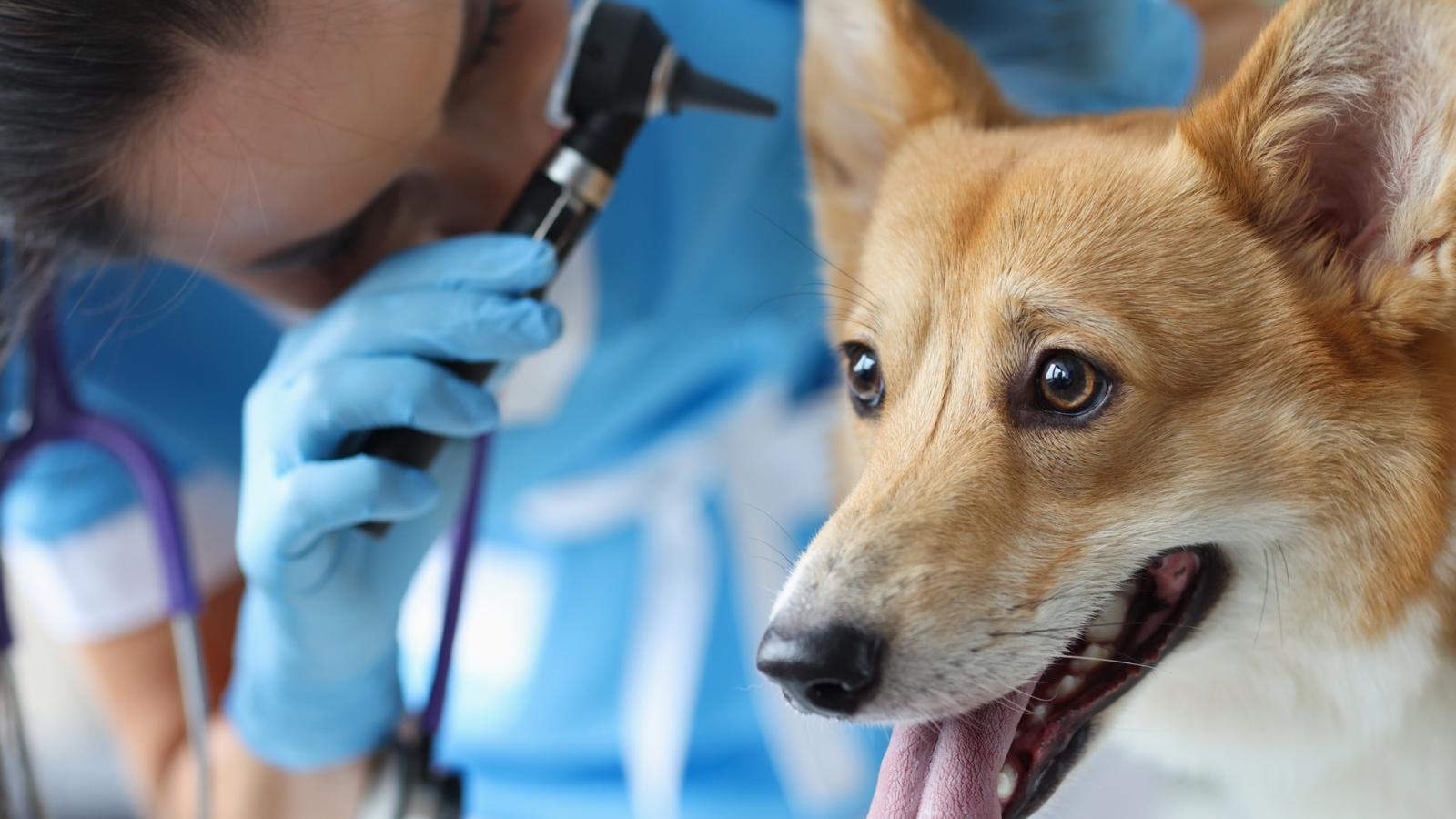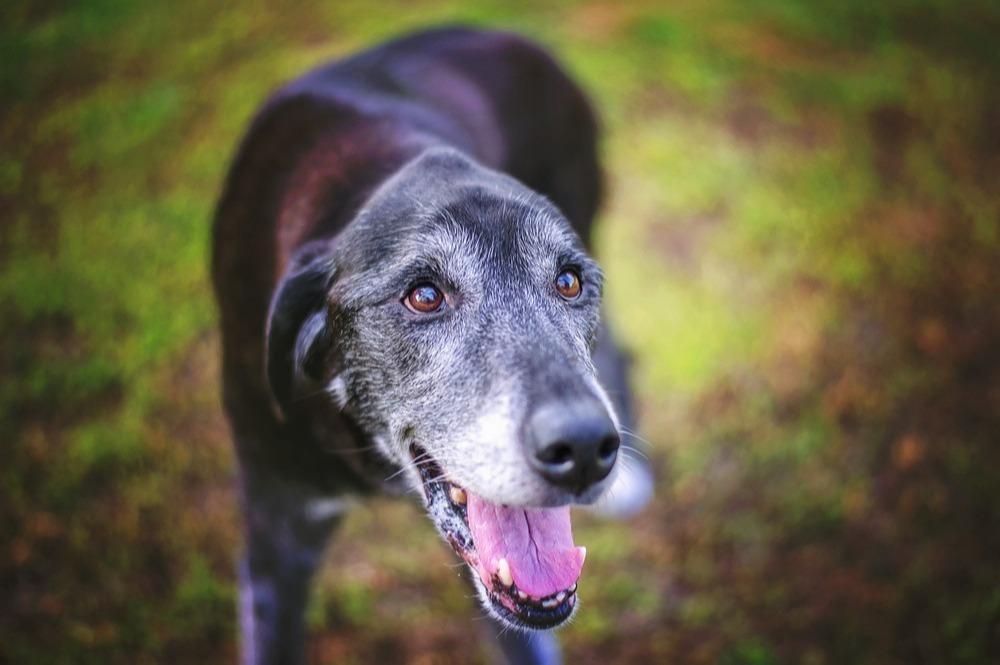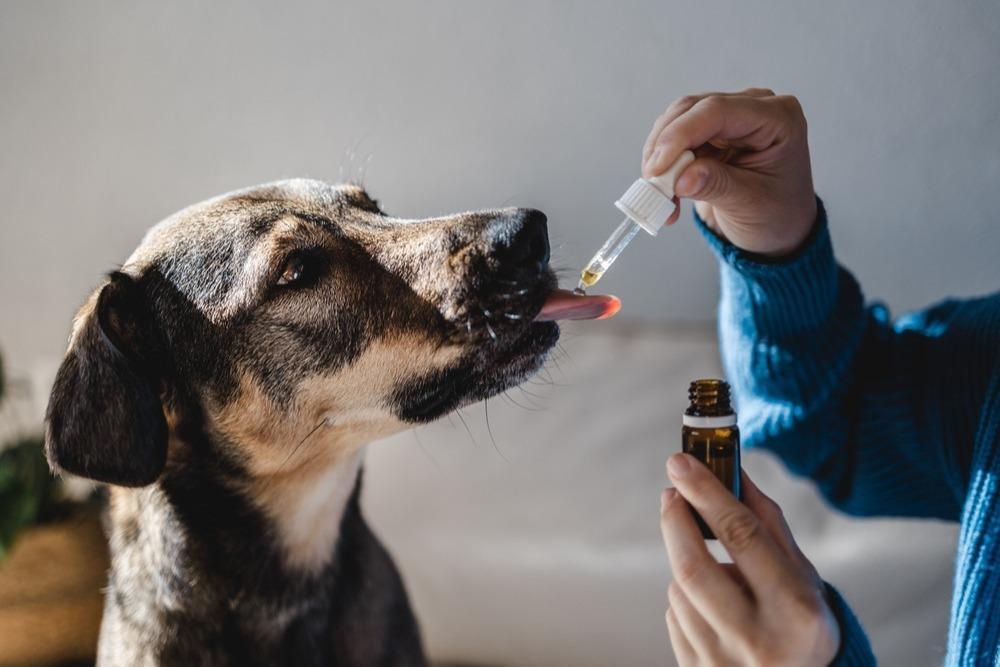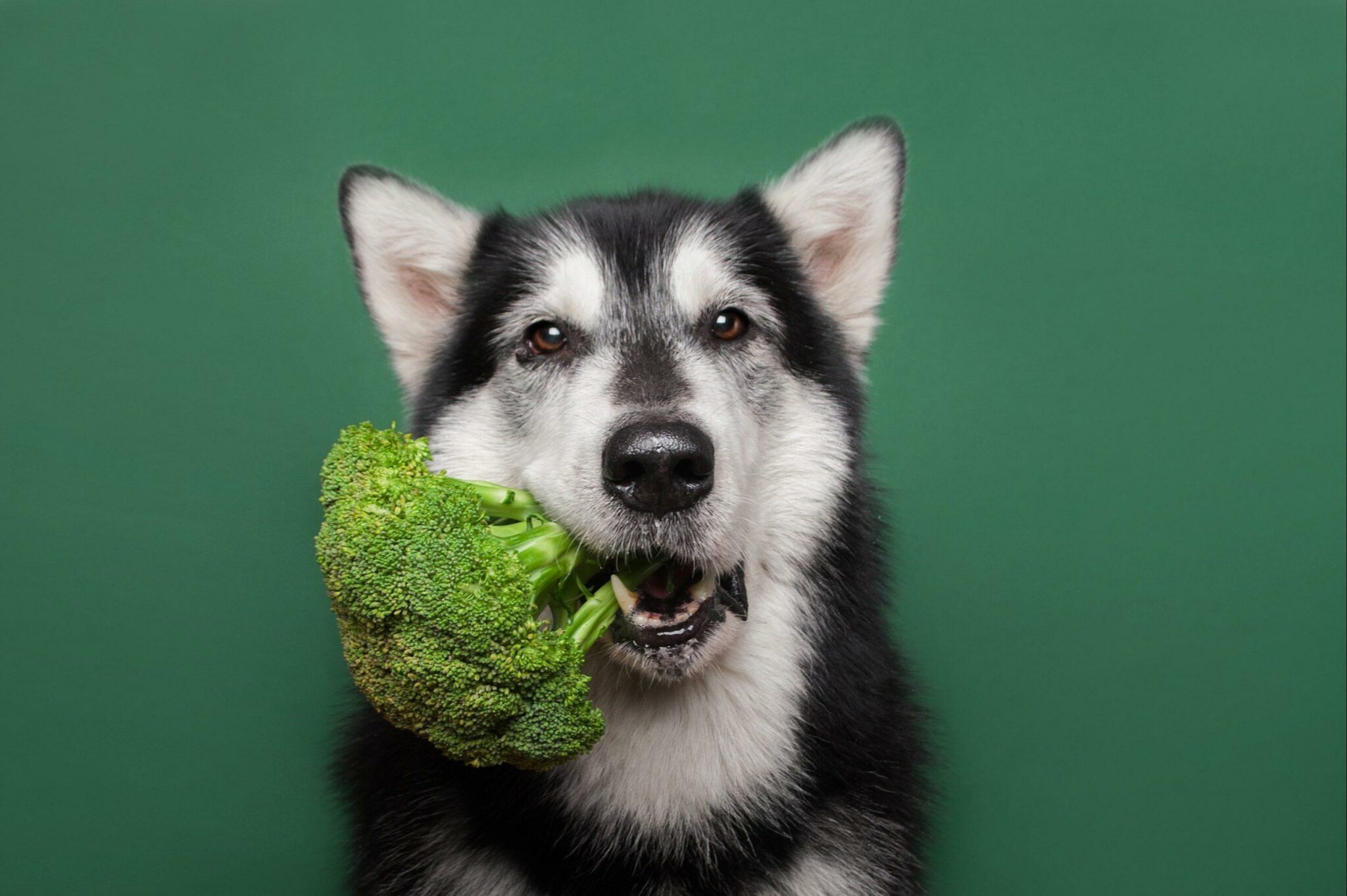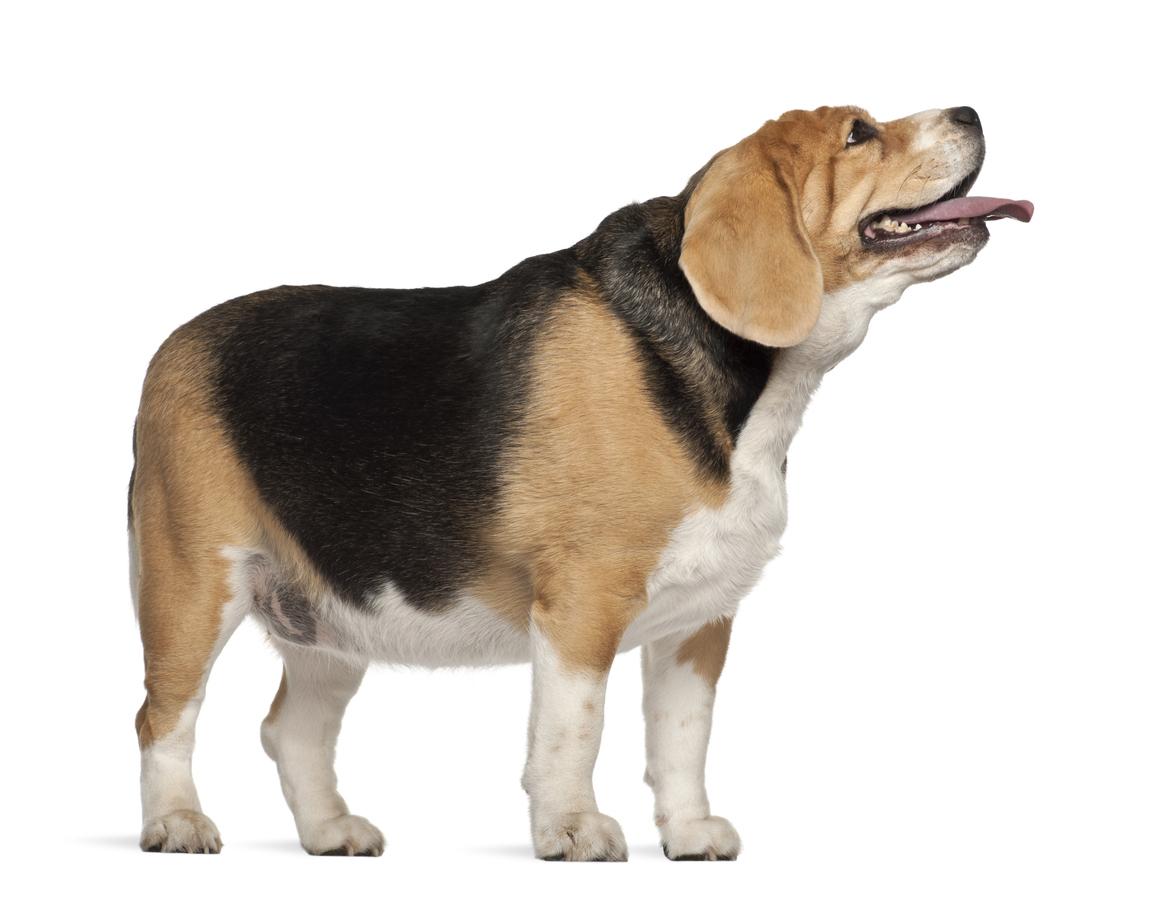
Fats get a bad rap in the human world, we were told for decades that fat makes us fat and it’s not great for our cholesterol either. Thankfully, we have more balanced data available and we now know that it’s more about the type of fat that we eat.
But, we can still be a little confused about the types of fats available and we can bring this confusion to our dog’s diet too.
So, let’s take a look at fats for the canine. The different types and the functions of them around the body.
Dietary fat is a group of compounds (substances made up of two or more elements) known as lipids. They are insoluble in water (hydrophobic). The easiest way to understand this is noticing that you can’t wash fat off your hands without the help of soap.
Lipids that are solid at room temperature are usually called fats, whereas those liquid at room temperature are called oils.
Lipids can then be further categorised into:
Fats can then be differentiated by the types of fatty acids they contain.
Fatty acids can be saturated, monounsaturated, or polyunsaturated. The difference is in their structure.
Saturated fatty acids contain no double bonds between the carbon atoms and are therefore saturated with hydrogen.
Monounsaturated fatty acids have one double bond (mono=one).
Polyunsaturated fatty acids (PUFA) have two or more double bonds (poly=many).
The more double bonds a fatty acid has, the less stable the molecule, which means it is more susceptible to oxidation, resulting in rancidity. This is why fish oils should be stored in a dark, glass bottle and why PUFA rich oils aren’t the best to fry your eggs with.
The double bonds found in unsaturated fats can take different configurations, cis or trans.
Naturally occurring unsaturated fatty acids have cis configurations. However, trans configurations are usually introduced into foods during manufacturing/processing. Trans fatty acids have been known to negatively affect lipoproteins which, in humans, have been associated with a range of diseases.
Fat enters the body from the diet and finds its way through the stomach, and into the small intestine. Here it is bombarded with enzymes from the pancreas (lipase), and bile salts from the liver. During this process, fat and cholesterol is packaged into particles called chylomicrons.
The fatty acids are now small enough to be passed through the lymphatic system and then into the bloodstream. As triglycerides are metabolised on the journey, the chylomicron gets smaller; resulting in a remnant which is rich in cholesterol. This is then taken in by the liver and repackaged which can then be released by the liver at a later stage.
Fatty acids are used throughout the body for a range of functions, primarily energy, but if they are not needed, they can be stored in adipose tissue. Here, they are an energy source for a later stage. They also serve as insulation, protecting the body from heat loss and also from injury or trauma to vital organs.
Dogs seem to be more efficient at using fat as energy than humans. It is thought that albumin (a globular protein made by the liver) binds more free fatty acids in dogs than in other species, so the concentration of fatty acids in the blood is higher and therefore the delivery of fatty acids to muscles is higher.
So, fat provides energy, but it also contributes to many metabolic and structural functions.
As we have mentioned, lipoproteins provide for the transport of fats throughout the body, and cholesterol is used to form the bile salts necessary for fat digestion and absorption. It is also a precursor for steroid hormones which help control metabolism, salt and water balance, inflammation, immune function and more. Along with other lipids, cholesterol forms a protective layer in the skin too!
The body can synthesise most of the fatty acids it needs, but there are some it cannot, and these are known as essential fatty acids.
In dogs, the body has a requirement for two distinct EFA families. The Omega-6 and Omega-3 series.
Omega-6
Gamma-Linolenic Acid (GLA)
Linoleic Acid (LA)
Arachidonic Acid (AA)
Omega-3
Alpha-Linolenic Acid (ALA)
Eicosapentaenoic Acid (EPA)
Docosahexaenoic Acid (DHA)
In most animals, AA can be synthesised from LA, so there isn’t always a dietary requirement for AA (there is for cats).
Eicosanoids are products of the oxidation of the omega families; they are collectively known as prostaglandins, thromboxanes and leukotrienes.
Prostaglandins – these are a group of lipids made at sites of tissue damage or infection. They control inflammation, blood flow and the formation of blood clots.
Thromboxane is a substance made by platelets which causes blood clotting and constriction of blood vessels.
Leukotrienes are proinflammatory molecules; more commonly noticed for their role in allergy response. They are released when the body encounters an allergen or trigger.
The amount and type of eicosanoids synthesised depends largely on the availability and type of fatty acid found in cell membranes.
Eicosanoids play an important role in the body, they modulate many processes including reproduction, blood pressure, haemostasis (the process to prevent and stop bleeding) and inflammation.
They can be synthesised from AA, GLA and EPA, however, those synthesised from AA are proinflammatory compared to those derived from GLA and EPA and it is believed that those derived from AA in high amounts can result in disease.
As we noted, the number of eicosanoids synthesised depends on the availability and type of fatty acid found in cell membranes.
Human studies have demonstrated that the supplementation of fish oil (EPA) significantly alters the ratio of EPA (omega-3) to AA (omega-6) in cell membranes which has been beneficial in inflammatory conditions.
A literature review of 20 studies into arthritis revealed that 16 of those, demonstrated an improvement after omega-3 supplementation.
In short, consumption of omega 3 replaces AA. The result is fewer AA derived eicosanoids and more EPA or GLA eicosanoids, reducing the inflammatory response.
Skin issues commonly have an inflammatory component. There are arguments around ineffective fatty acid metabolism in the body (digestion and absorption issues), omega-6:3 imbalance but also genetic predispositions.
Not only that, but essential fatty acids play an important part in maintaining a tight barrier in the epidermis, providing a barrier against the movement of water and against potential invaders (for example allergens).
DHA is found in very high concentrations in the cell membranes of the retina; it is essential in the normal development and function. Studies are supportive of the role of omega-3 supplementation in certain inflammatory eye diseases.
There is significant evidence to suggest that PUFAs are essential to brain health. DHA is taken up by the brain over other fatty acids and studies have shown that higher levels of DHA are associated with better performance in cognitive learning tasks.
There are also considerations relating to PUFA levels and behavioural disorders, like anxiety, depression and aggression.
It has been found that in cases of deficiencies, there is a heightened sensitivity to stress. When supplemented with Omega-3, cortisol (the stress hormone) levels decreased.
It is clear that fats are essential to health, they provide energy and are key in many metabolic and structural functions within the body.
FEDIAF guidelines suggest the minimum recommendation for fat in a dog’s diet is 5.5g per 100g dry matter. This increases to 8.5g per 100g during growth phases. In terms of energy, fat provides more calories per g than both protein and carbohydrates.
Protein 4kcal per g
Carbohydrate 4kcal per g
Fat 9kcal per g
Dietary deficiencies of essential fatty acids are uncommon but may occasionally occur in dogs that are fed poor quality, dry foods or inappropriately formulated diets.
Levels of PUFA may also be depleted in food after oxidative damage resulting from prolonged storage or in cases in which antioxidants such as vitamin E are included in inadequate amounts.
Fatty acid deficiency may occur in association with fat malabsorption due to liver, pancreatic or gastrointestinal issues. Symptoms would usually include a dull, dry coat often scaly.
Prolonged deficiency results in hair loss, and greasy skin, particularly on the ears and between the toes.
If you are unsure whether your dog is getting the fat he needs, check out our services to see how we can help.
Thanks for reading,
MPN Team







